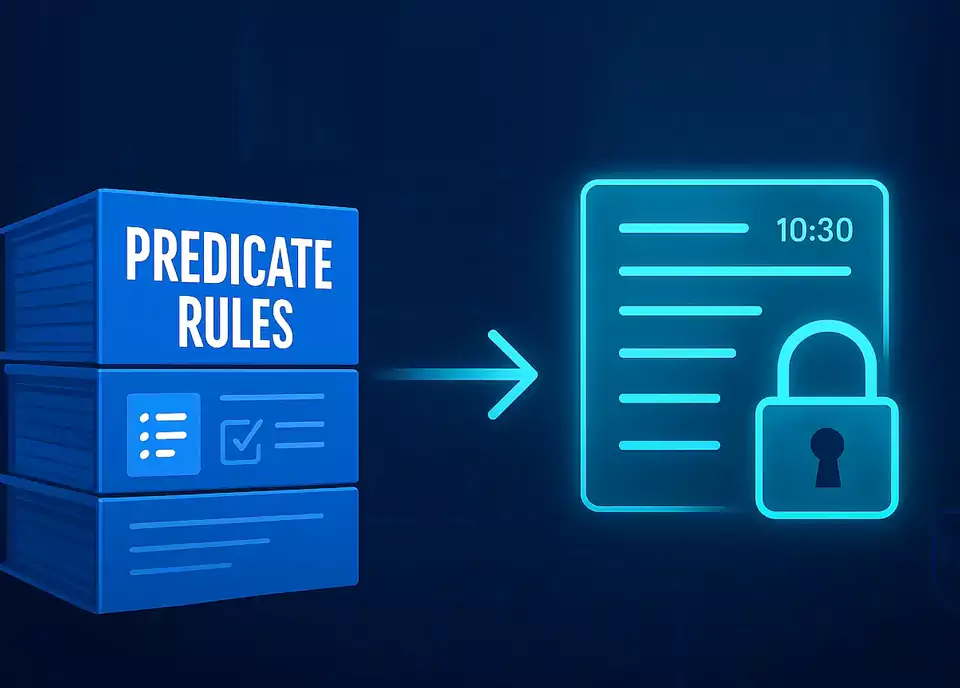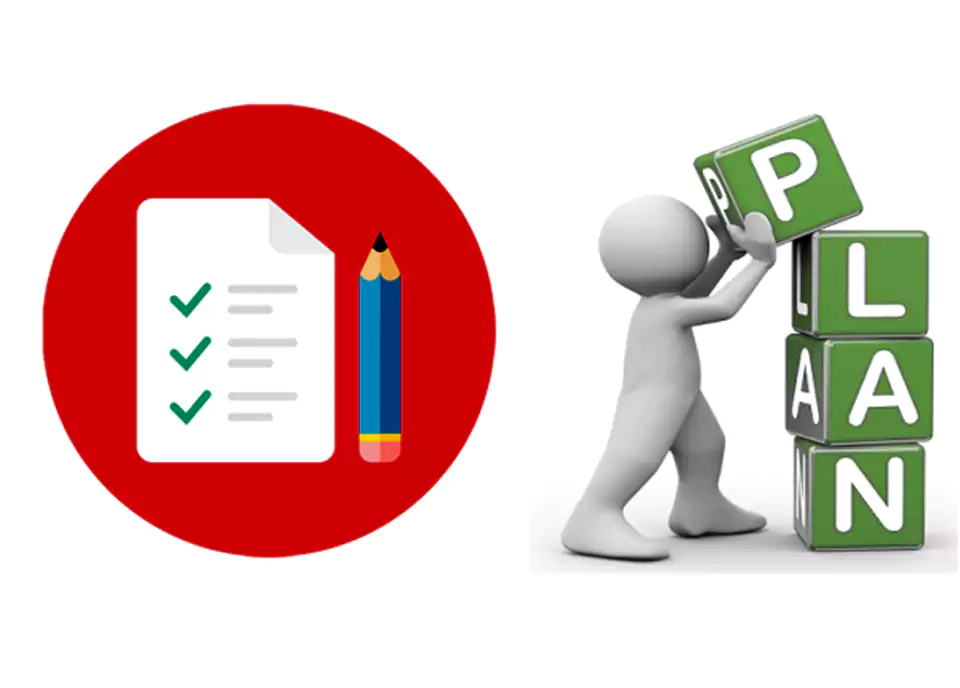Learn how to prepare an effective FDA Pre-Submission package—cover letter, device description, testing plans, and focused FDA questions—ensuring acceptance and avoiding delays in regulatory review.
A successful Pre-Submission starts with a well-prepared request package. FDA will conduct an acceptance review within 15 days to make sure your Pre-Sub contains all the necessary information. Incomplete or disorganized packages can be placed on hold (a Refuse to Accept hold) until you supply the missing pieces. To avoid delays, it’s important to include all key components in your Pre-Submission package in a clear, concise manner. Below is a checklist of essential elements you should prepare:
This is the introduction to your Pre-Sub. In the cover letter, provide your company name and contact information, the device name, and a brief statement of what you are requesting (e.g., “Pre-Submission for [Device Name] – request for FDA feedback on [specific topics]”). Specify your preferred feedback format – either written feedback only, or written feedback followed by a meeting (in-person or teleconference). If you want a meeting, propose at least three possible meeting dates/times (generally 60–75 days out from submission) and include a tentative agenda. The cover letter should also reference any previous communications or Q-Submissions related to this device, if applicable (e.g., prior Informational Meetings or 513(g) requests), so that FDA can link the history.

Provide a clear summary of your device, including what it is, what it does, and its basic design/features. Describe the technological characteristics (materials, how it works, key components) and the intended use/indications for use of the device. This gives FDA reviewers context about your product. Keep the description focused on information relevant to the questions you’re asking – you can attach diagrams or photos if useful, but comprehensive device details (like you would include in a full submission) are usually not needed at this stage.

If your future submission will be a 510(k) that relies on a predicate device, identify the proposed predicate and discuss it briefly. FDA expects a comparison between your device and the predicate to be part of a Pre-Sub when substantial equivalence is a question. Include a table or summary of how your device differs and any potential impact of those differences. If you’re unsure of the predicate or think one may not exist, explain your reasoning – but still propose one if you can. (Remember, FDA will not identify a predicate for you, so you should suggest what you believe is the closest device.)

Outline your plan for validating the device’s safety and effectiveness. This might include proposed bench tests, animal studies, clinical studies, and so on. You don’t need to present full data (since presumably studies may be ongoing or planned), but do describe what you intend to test, how you will test it (e.g. applicable standards or protocols), and why those tests are appropriate. For example, you might state that you plan to do biocompatibility testing per ISO 10993, electrical safety per IEC 60601-1, a 6-month animal study for chronic implants, or a 100-patient clinical trial with specified endpoints. Providing this overview lets FDA assess whether your test plan seems adequate or if they foresee any gaps.

Clearly list the questions you want FDA to answer or address. This is arguably the most important part of the package – everything else (device description, testing plans, etc.) is background to support these questions. The questions should be specific and focused on particular issues or decisions (see the next section for tips on crafting good questions). For example: “Does the FDA agree that our device can be classified as Class II under 21 CFR [regulation] with product code ABC?” or “Does the proposed test method for bench evaluation of device durability adequately address the risk of breakage?” Provide numbered questions and, if helpful, brief context under each.

Include any other attachments that support your questions or help FDA understand your device. Common attachments are draft indications for use (IFU) statements, schematic diagrams, preliminary data or study protocols, or a section of a guidance document you are following. Only include what’s relevant – avoid extraneous information that isn’t tied to your questions, as it can distract reviewers. If you have a specific topic like software, you might attach an outline of your software architecture or hazard analysis. Label all attachments clearly.

Before submitting, it’s wise to double-check your package against FDA’s Pre-Sub Acceptance Checklist (provided in Appendix 1 of the Pre-Submission guidance). This checklist is similar in concept to the RTA (Refuse-to-Accept) checklists used for 510(k)s – it ensures you didn’t forget a key element. Using the checklist will help you avoid an RTA hold and keep the process moving. FDA is also rolling out an electronic submission template (eSTAR) for Q-Subs which, if used, performs an automated technical screening to catch missing information. Whether you use eSTAR or not, the goal is the same: provide a complete, well-organized package so that FDA can accept it and start reviewing your questions right away.
By including the components above and focusing the content on your questions, you set the stage for a productive Pre-Submission. Next, we’ll discuss how to formulate the questions themselves to get the most useful feedback from the FDA.